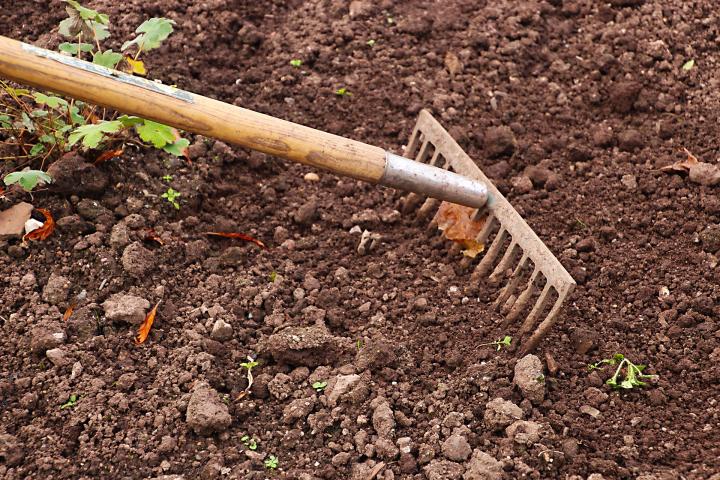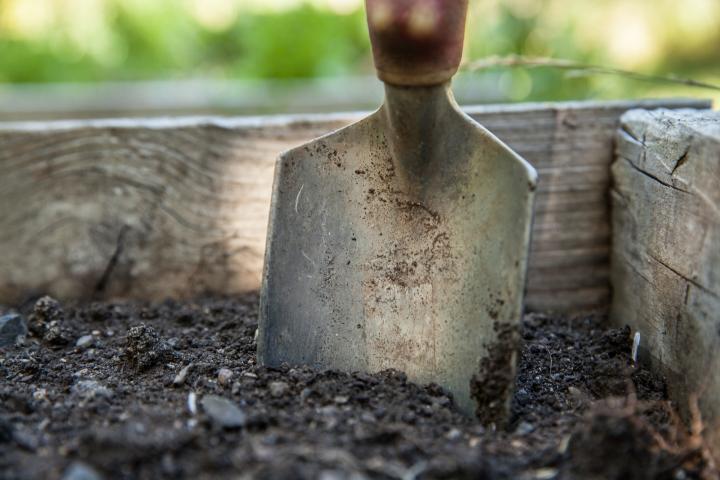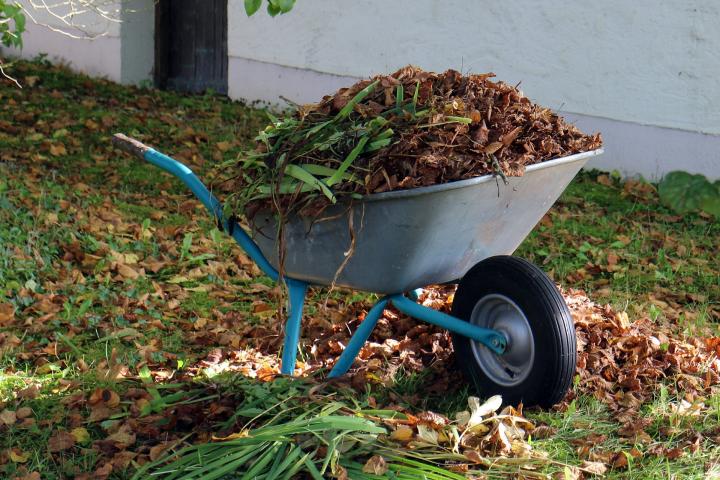How To Prepare Soil For Next Year Gardening
Healthy soil means healthy plants. Fall is the best time to prepare your soil for next year's garden! Every year, it's important to replace the soil's nutrients that were used up over the summer and add any needed soil amendments to break down over the winter! Let's get started!
We'll let you in on a little secret that it take many gardeners a few years to figure out: 90% of gardening success is due to the SOIL, not the plant. Just like humans who need food, plants need nutrients to be healthy and productive. You can't go on a crash diet and be healthy. Start amending your soil in the fall so it's healthy in the spring!
(It may be harder for us humans to eat in a healthy way, but it's much easier to add amendments to our soil, right?)
Get a Soil Test
How do you know if your soil has the right amount of nutrients for excellent plant growth? If you've never tested your soil, we recommend a basic soil test. It's something recommended every 3 to 5 years.
Soil testing services are offered by most state university extension services. It only takes a few minutes to take a representative sample and send it off. See how to take a soil test.
Or, see three simple DIY soil tests for a quick and dirty evaluation of your soil.
A basic soil test usually measures phosphorus, potassium, soil pH, and organic matter. (A proper pH is important for nutrient availability to plants.) The soil test service will also give you recommendations and solutions with suggested materials to add to your soil.
Happiness is a positive soil test, one that lets you know that you have been doing something right!

It can take years to get the levels of pH, potassium, calcium, magnesium, and phosphorus in garden soil up to the optimum levels. See more about NPK Ratios And What This Means.
This year in our garden, we got the best soil test results ever! Everything is in the optimal to high range meaning we can ease off on applying amendments. I'm glad to have this report from the extension service to go by since too much of a good thing can do more harm than good.
Adjust the Soil pH and Amend the Soil.
Once you have your results, you may need to adjust the soil pH. The pH is the measure of the soil's acidity/alkalinity. Most vegetables grow best in soils that are slightly acid, falling between the 6.0 and 7.0 range on the pH scale.
Add lime if you need to raise the pH and sulfur to lower it to within these levels. (NOTE: Do not just add lime or sulfur without knowing your pH. This would be detrimental to your plants.)
Fall is also a good time to apply organic matter to build your soil's health. Add aged manure or compost in the fall, working one or two layers into the soil. Organic matter will then break down over the fall and winter, so the nutrients should be available for plant growth by spring. Organic matter helps clay soil with drainage and sandy soil with water retention.
In my soil test, the pH was high enough that I won't feel guilty spreading ashes on the paths and driveway when it is icy instead of saving them for the garden. Since we burn wood, we usually use them instead of lime to sweeten the soil.
The only recommendations were to spread 2 pounds of nitrogen per 1,000 square feet using either 33 pounds of soybean meal or 15 pounds of dried blood. I'll stick to the soybean meal since the idea of dried blood makes me squeamish!
To maintain the perfect potassium level they recommend using 14 pounds of Sul-Po-Mag to supply 3 pounds of potassium per 1,000 square feet.
Absolutely no extra phosphorus is needed so any commercial fertilizer mix should have 0 for its middle number.

Manure and compost are excellent sources of nutrients but I might skip the free goat manure this spring and just use our home-made compost since the amount of organic matter in our soil also tested in the high range.
Reconsider Tilling in the Fall
If you have a small garden or a raised garden bed, consider leaving the soil left untilled. All that tilling does is disrupt soil structure, create more erosion, and kill earthworms. For a small garden, simply dig by hand to remove any weeds, old plants, and debris. To add your compost and soil amendments, simply turn the soil lightly with a garden fork to mix the amendments.
Now, if you have a large garden, digging up all your weeds and old plants may simply be too much work. In this case, add organic matter before you till, and then consider covering the soil with some form of mulch to avoid erosion.

Sow Cover Crops
Larger gardens and small farms have long used cover crops to prevent erosion and add organic matter back to the soil.
However, cover crops are becoming more and more popular in small gardens and quite the trend! Why not? Cover crops do all the work for you over the winter, breaking down and adding nutrients and organic matter back to the soil for a health start come spring!
Examples of cover crops are winter wheat, winter rye, and annual ryegrass. Seed cover crops are seeded in fall about six weeks before the first expected frost date. To plant, you simply broadcast the seed, lightly cover it with soil, and water. Let the cover crop grow until early spring, then till it under. Wait a few weeks after tilling before planting.
See our Cover Crop Guide.
I'm very excited to be on track for another fruitful year in the garden come spring!

And to go back to the first step: If you have been putting off getting your soil tested, now is the time as you put your garden to bed for the winter! See this list of Cooperative Extension Services to call about a free soil test kit.
Maybe you will be as pleasantly surprised as I was with my soil test. If not, you will have a game plan for the necessary action to take to bring your garden up to snuff. Good gardens start with good soil!
How To Prepare Soil For Next Year Gardening
Source: https://www.almanac.com/fall-soil-preparation
Posted by: gaultgrabusereave1955.blogspot.com

0 Response to "How To Prepare Soil For Next Year Gardening"
Post a Comment